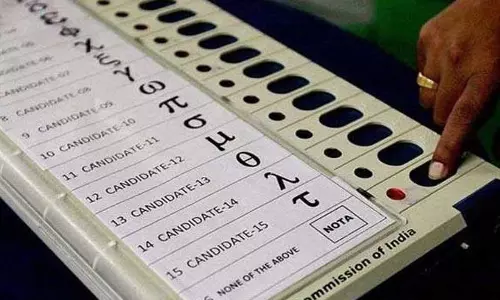
Ozone hole gets bigger, Earth to bear more UV damage
text_fieldsWashington: The 2015 Antarctic ozone hole area was larger and formed later than in recent years, scientists from NASA and the National Oceanic and Atmospheric Administration (NOAA) have said.
The ozone hole is a severe depletion of the ozone layer above Antarctica that was first detected in the 1980s.
The Antarctic ozone hole forms and expands during the Southern Hemisphere spring (August and September) because of the high levels of chemically active forms of chlorine and bromine in the stratosphere.
Earlier this month, on October 2, the ozone hole expanded to its peak of 28.2 million sq kms -- an area larger than the continent of North America. Throughout October, the hole remained large and set many area daily records.
Unusually cold temperature and weak dynamics in the Antarctic stratosphere this year resulted in this larger ozone hole, scientists said.
In comparison, last year the ozone hole peaked at 24.1 million sq kms on September 11. Compared to the 1991-2014 period, the 2015 ozone hole average area was the fourth largest.
"During September we typically see a rapid ozone decline, ending with about 95 percent depletion in that layer by October 1. This year the depletion held on an extra two weeks resulting in nearly 100 percent depletion by October 15," said Bryan Johnson, a researcher at NOAA laboratory in Boulder, Colorado.
The ozone layer helps shield the Earth from potentially harmful ultraviolet radiation that can cause skin cancer, cataracts and suppress immune systems, as well as damage plants.
The large size of this year's ozone hole will likely result in increases of harmful ultraviolet rays at the Earth's surface, particularly in Antarctica and the Southern Hemisphere in the coming months.
Thanks to the montreal protocol on substances that deplete the Ozone layer, atmospheric levels of these ozone depleting compounds are slowly declining. The ozone hole is expected to recover back to 1980 levels in approximately 2070.























